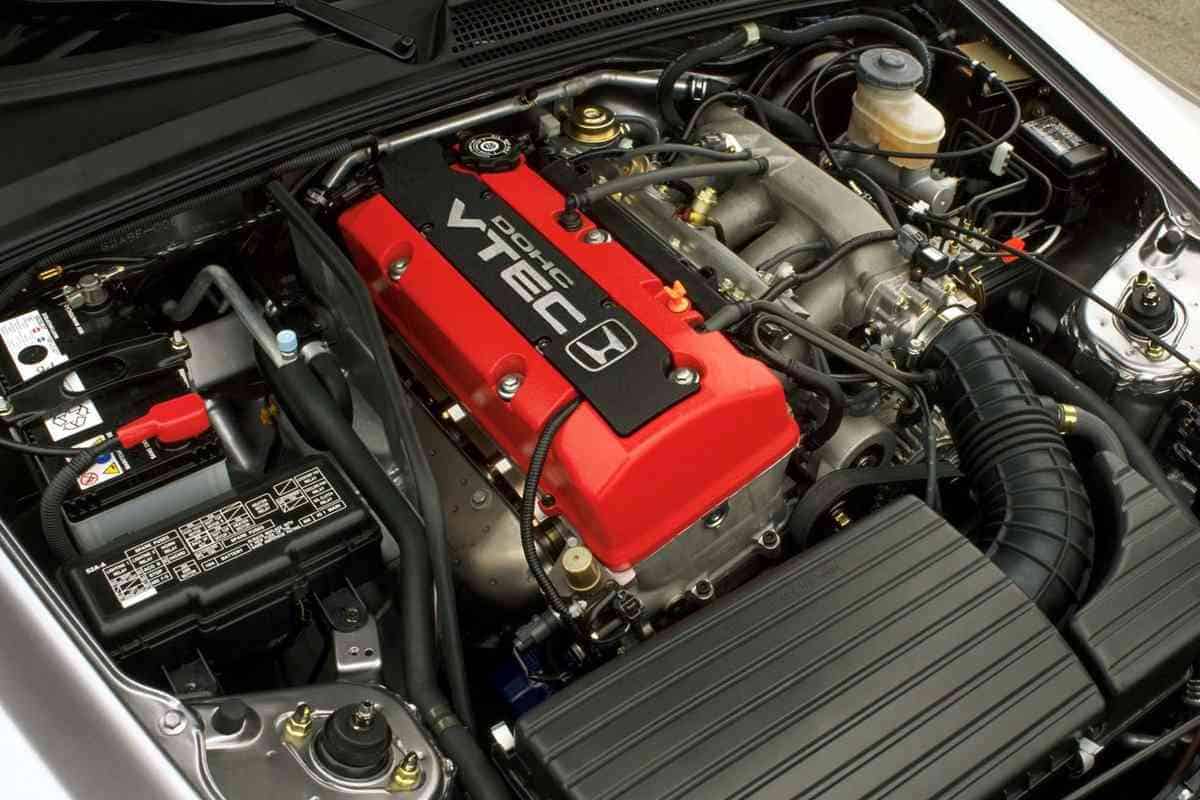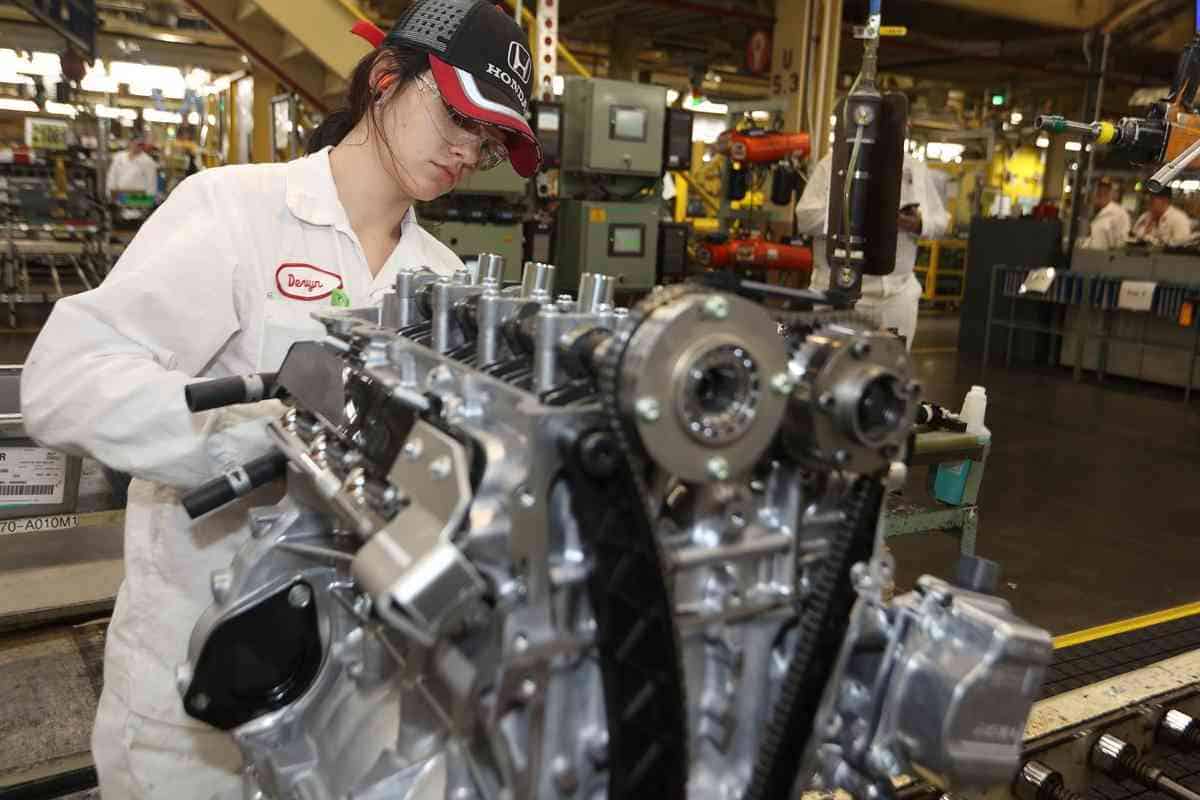Honda Transmission Issues: Critical Problems and Solutions
Honda transmission issues have emerged as a significant concern among owners and car enthusiasts. Despite Honda’s strong reputation for reliability, various models over the years, including early 2000s V6 Odyssey and Accord, have reported automatic transmission failures.

Related Post! Honda Engines: Top Performers and Ones To Avoid
Do Hondas Have Transmission Issues?
Hondas have encountered transmission issues across various models and years, including automatic transmission failures in early 2000s V6 models like the Odyssey and Accord, as well as problems with 10-speed automatic transmissions and CVTs in more recent models, manifesting as jerks or unexpected shifting behaviors.
More recent models have faced issues with 10-speed automatic transmissions and CVT, experiencing jerky movements and unexpected shifts.
Owners have reported symptoms such as delayed gear engagement, burning odors, and unusual sounds from the transmission. Early detection of these signs is critical to avoid extensive damage and expensive repairs.
Utilizing diagnostic tools to pinpoint issues and understanding repair or replacement options is crucial for Honda owners to manage transmission challenges effectively.
Essential Insights
- Transmission complications have been noted in multiple Honda models.
- Prompt identification of transmission issues can mitigate further damage.
- Being informed about repair strategies and maintenance practices is essential for Honda vehicle owners.
Typical Honda Transmission Issues
Encountering transmission issues in Hondas can involve various problems, such as slipping gears or fluid leaks. Recognizing these common issues early aids in timely intervention.

Transmission Slippage
Experiencing unexpected gear shifts or inadequate acceleration despite high revs indicates transmission slippage, often due to wear or low fluid levels.
Fluid Leaks
Identifying fluid leaks, noticeable by reddish fluid accumulation or a burning scent, is crucial. Regular inspections beneath the car and fluid level checks can help detect these leaks early on.
Malfunctioning Torque Converter
A malfunctioning torque converter can cause shuddering or acceleration issues, and neglecting this problem may result in extensive transmission damage.
Solenoid Problems
The transmission’s smooth operation depends on solenoids. Erratic shifting or failure to engage gears might signify solenoid issues, necessitating immediate attention to prevent further complications.
Related Post! A Guide To Honda’s Latest Lineup
Recognizing Symptoms of Honda Transmission Issues
When your Honda starts exhibiting transmission problems, several signs can alert you early on, potentially saving you from more severe issues later.
Indicators of Trouble
Warning Lights on the Dashboard: Your car’s dashboard hosts critical warning lights, such as the Check Engine and Transmission Temperature indicators. These lights turning on could signal possible transmission issues, warranting immediate attention.
Delayed Gear Shifting: A noticeable delay during gear shifts, or when moving from a standstill, indicates a problem. This hesitation signifies transmission malfunction that requires prompt investigation.
Uncommon Noises: Sounds like whining, clunking, or buzzing during driving or gear changes often point to internal transmission problems needing attention.
Transmission Fluid Checks: Optimal transmission fluid appears clean and bright red with a slightly sweet scent. Fluid that turns brown or black, or smells burnt, suggests transmission distress.

Understanding Honda Transmission Issues Depending On The Model
Being informed about Honda’s various transmission types and their potential issues is crucial, especially for prospective buyers. Here’s a breakdown of Honda’s transmissions, focusing on automatics, CVTs, and manuals, and the problems associated with each.
Automatic Transmissions
- Models and History: Honda and Acura models, including the Odyssey, Accord 2.0T, RDX, TLX, RLX, and MDX, feature automatic transmissions, transitioning from a 9-speed ZF to a more contemporary 10-speed version.
- Common Issues:
- 9-Speed (ZF): The earlier 9-speed versions were noted for rough shifting and reliability questions.
- 10-Speed: While more reliable overall, the 10-speed automatic transmissions have seen isolated reports of shifting irregularities.
CVTs
- Usage: The CVT, chosen for models like the Civic and CR-V for its efficiency and smooth operation, has become a staple in Honda’s lineup.
- Issues to Watch:
- Acceleration Problems: Instances of sudden acceleration loss have been reported with Honda’s CVT.
- Durability Concerns: The longevity of these transmissions may vary, with some owners noting the need for premature maintenance or repairs.
Manual Transmissions
- Vehicle Options: Models such as the Civic and Accord offer manual transmissions for those who prefer an engaging driving experience.
- Potential Problems:
- Clutch Wear: Manual transmissions may experience faster-than-usual clutch wear, depending on driving habits.
- Synchro Wear: Worn synchros can make gear selection difficult, particularly in older or well-used Hondas.
By recognizing these signs and understanding the common issues with Honda transmissions, owners can take proactive steps to maintain their vehicle’s performance and reliability.
Related Post! What’s The Best Year For The Honda Civic?
Preventive Maintenance and Tips
To maintain the longevity and optimal performance of your Honda transmission, a systematic maintenance strategy is essential. Regular check-ups and adopting certain driving behaviors can significantly help in averting common transmission issues.

Adherence to Service Intervals
Honda advises servicing your transmission as outlined in the owner’s manual, usually involving a transmission fluid change every 30,000 to 60,000 miles. Following these recommendations is vital for keeping your transmission in good condition and identifying potential issues early.
Regular Transmission Fluid Checks
Frequent checks of the transmission fluid are crucial. The fluid should appear bright red and be filled to the correct level. Insufficient or contaminated fluid can cause shifting difficulties and lead to transmission damage. For guidance on checking your fluid levels, consult a reliable Honda maintenance guide.
Driving Practices for Transmission Preservation
Implementing certain driving habits can lessen the wear on your transmission. Avoid aggressive driving styles, like swift accelerations and abrupt stops, and ensure your vehicle is fully stopped before switching between ‘drive’ and ‘reverse.’
For further insights into transmission-friendly driving habits, research the impact of driving behavior on transmission longevity.

Diagnostic Approach to Transmission Problems
Addressing transmission issues in your Honda begins with employing the right diagnostic tools for precise problem identification.
Using OBD Scanners
An OBD scanner is an invaluable tool for Honda owners, allowing direct access to the vehicle’s computer system for trouble code readings. Tools like the FIXD™ Scan Tool provide an affordable way to determine if transmission issues stem from sensor malfunctions, clutch slippage, or other electronic concerns.
Seeking Professional Diagnostic Services
When OBD scanners fall short, professional diagnostics can offer a deeper analysis, utilizing advanced tools for comprehensive examinations, such as Transmission Fluid Pressure Tests or detailed checks for electrical and mechanical faults, which might go undetected by standard scanners.
Repair or Replacement Decisions
If you’re having Honda transmission issues, deciding whether to rebuild or replace your transmission, and choosing between aftermarket or OEM parts, are critical considerations that can impact your Honda’s performance and value.
Rebuild vs. Replace
- Rebuild: Rebuilding involves disassembling, replacing worn parts, and reassembling the transmission, possibly with design enhancements. This option can be cost-effective for minor damage but depends heavily on the work’s quality and the parts used.
- Replace: Installing a new or remanufactured unit might be pricier but usually includes a warranty, offering a more durable solution for severely damaged transmissions.
Aftermarket vs. OEM Parts
- Aftermarket Parts: These non-Honda made parts might be cheaper but could lack in reliability and compatibility, possibly leading to future complications.
- OEM Parts: Manufactured by Honda, these parts ensure reliability, perfect fit, and functionality, offering greater assurance despite a higher cost.
By carefully managing maintenance and making informed decisions on repairs and parts, you can ensure your Honda’s transmission system remains reliable and efficient.

Cost Considerations of Honda Transmission Issues
When you encounter Honda transmission issues, the financial impact can significantly vary based on the problem’s severity. Here’s an overview of potential costs and the influence of warranties and insurance on your expenses.
Direct Costs for Repairs
The cost for transmission repairs can range widely, from minor fixes around $100 to extensive replacements costing between $1,000 and $4,000, as per GetJerry.com. The final amount depends on labor rates and your Honda model’s specific needs.
Extended Warranty and Insurance Implications
An extended warranty or insurance policy that covers mechanical breakdowns can considerably reduce the repair costs. It’s essential to thoroughly review your policy to understand coverage scope.
Some warranties might fully cover transmission replacements, while others may have limitations or deductibles.
Real-world Insights
Exploring case studies and owner testimonials provides valuable perspectives on Honda’s transmission issues.
Community Discussions
Models like the Honda Pilot and Odyssey have been subjects of concern across forums due to their nine-speed automatic transmission problems, with discussions around rough shifting and potential safety risks.
Platforms like the Honda Ridgeline Owners Club are rich with owner experiences, offering insights into the prevalence and intensity of these issues.
Recalls and Manufacturer Responses
Honda has issued service bulletins and recalls for specific models to tackle transmission defects, indicating the acknowledged scope of these problems. Staying informed through Honda’s official updates or dealership communications is key for staying on top of service actions for your vehicle.
Seeking Professional Help
Accessing the right resources and professional assistance is crucial for addressing Honda transmission issues effectively.
Choosing a Certified Repair Shop
Opt for a certified repair shop specializing in transmissions, ideally with technicians trained on the latest Honda systems. These shops offer warranties on their work, providing added reassurance.
Leveraging Dealership Expertise
Authorized Honda dealerships offer specialized knowledge and use genuine parts, ensuring your repairs are conducted with components specifically designed for your model. Dealerships are also your go-to for any relevant recalls or software updates.
Navigating the complexities of Honda transmission repairs involves understanding the potential costs, leveraging warranty or insurance coverage, and seeking assistance from certified professionals or authorized dealerships to ensure quality and reliability in repairs.
